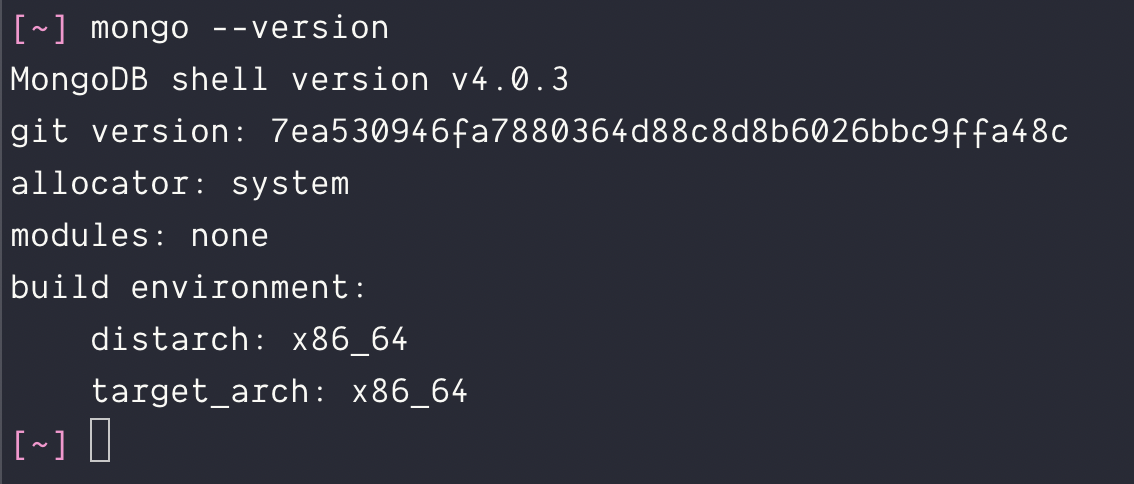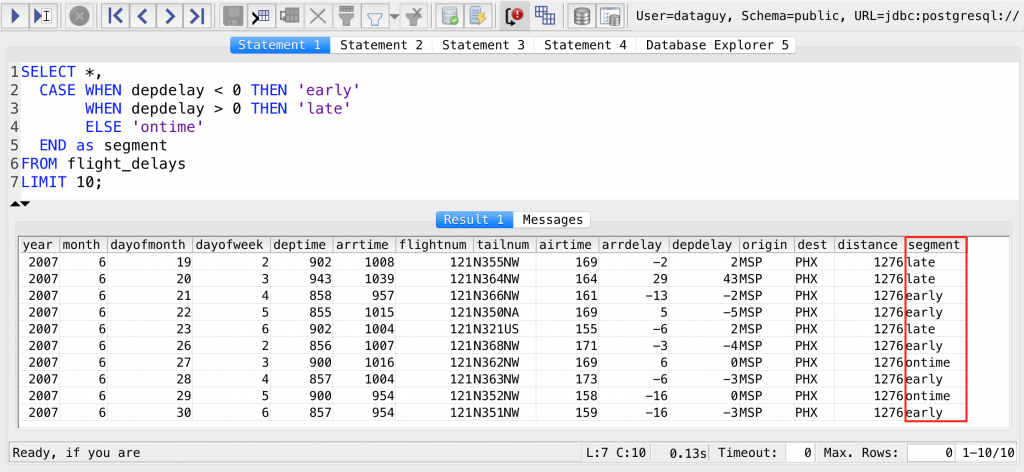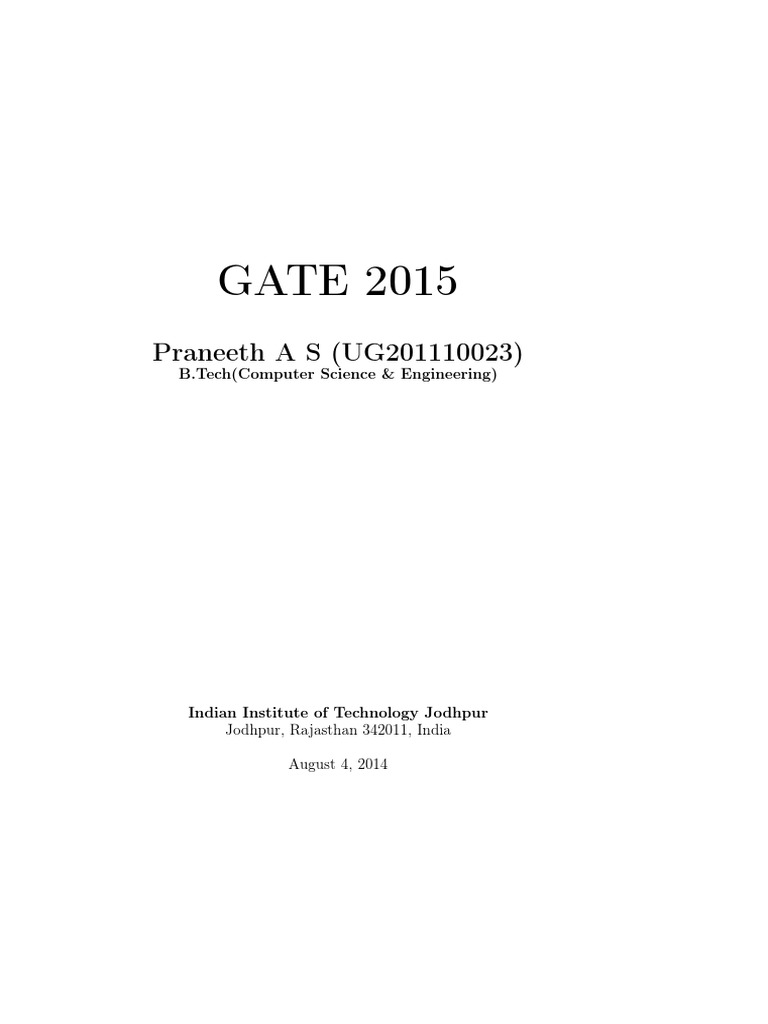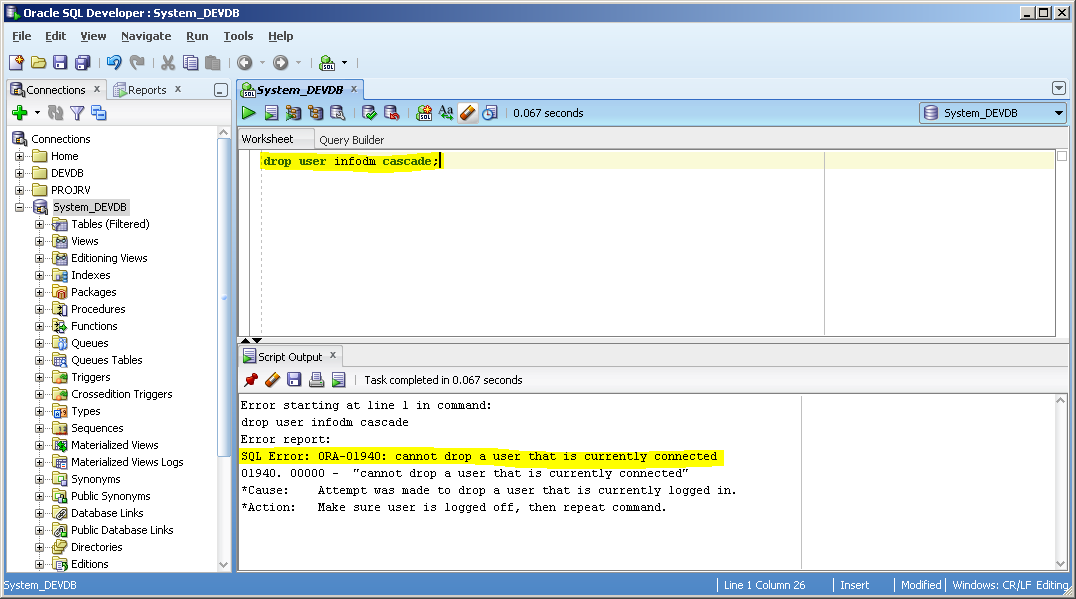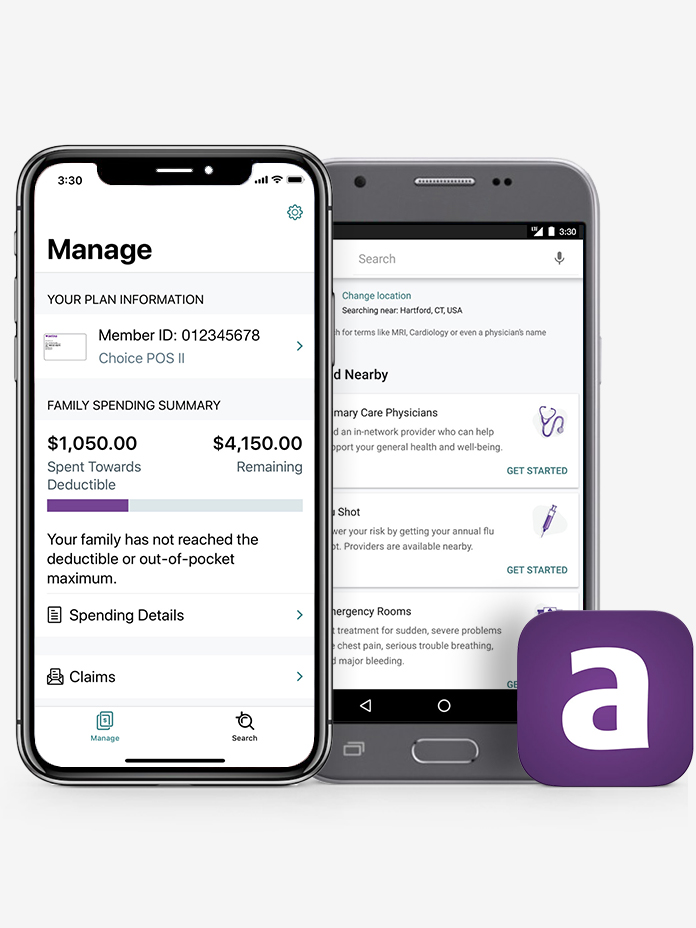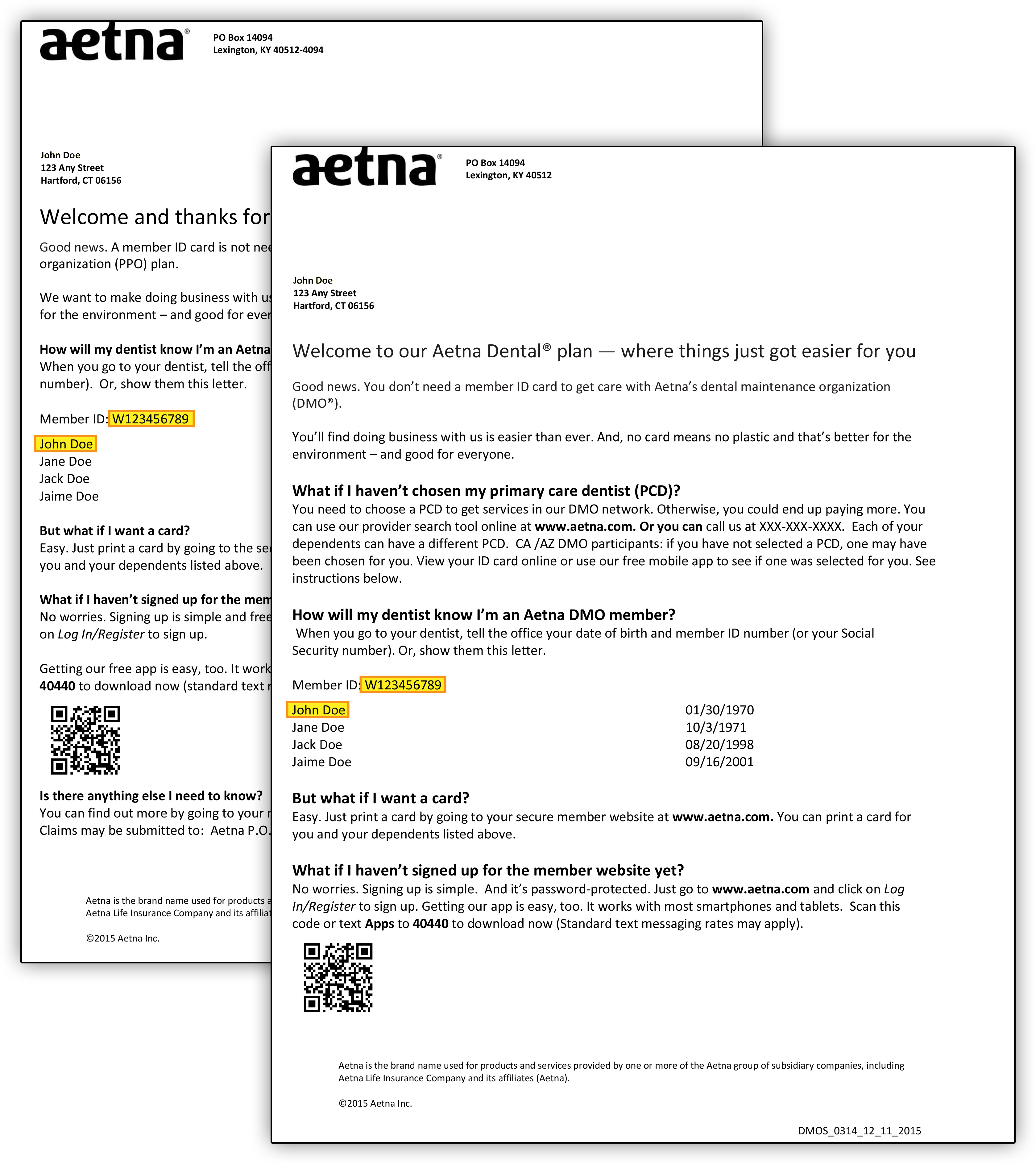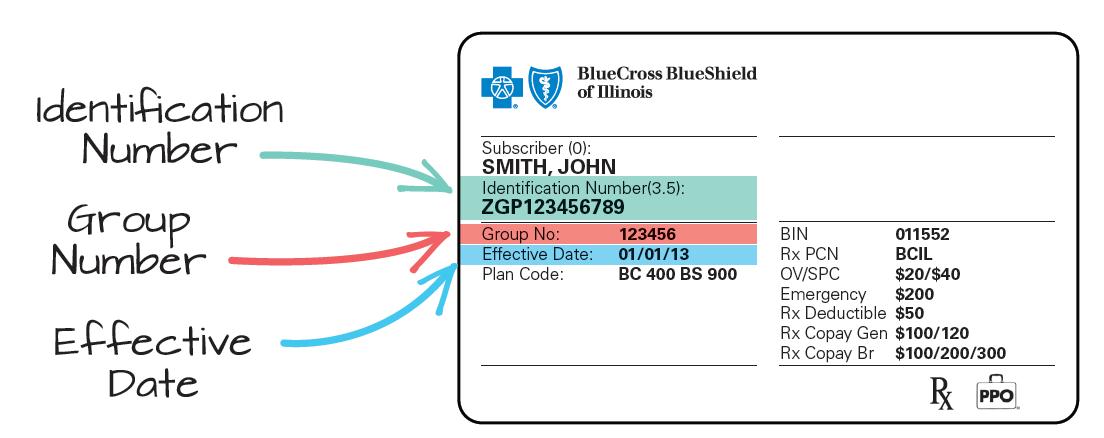In this technologically rich era, automated management of data is the primary need of every organization. MongoDB is widely used as a DBMS in IoT , real-time applications, mobile applications, and content management. MongoDB provides extensive support for famous operating systems like windows, mac, and Linux-based distributions like Ubuntu, Debian, CentOS, etc. This article aims at creating a database in MongoDB using Ubuntu as an operating system.
The terminal support of Ubuntu is used to access MongoDB shells that are further utilized to create databases. With the help of mongo shell, we have created a database and inserted documents into it. The mongo shell support can also be used to perform other operations on databases like Update, Retrieve and Delete. MongoDB is a NoSQL type of database that acts differently as compared to traditional relational databases and is suitable to be used for large data sets. MongoDB replaces the concept of traditional databases with documents. MongoDB stores data with the help of key value pairs; it converts the JSON data into a binary format known as BSON .
These multiple collections collectively are stored in an entire MongoDB. If you've followed the installation and running instructions, then you should already have an instance of MongoDB running on your system. Now you can start creating and testing your own databases. In this section, you'll learn how to use the mongo shell to create, read, update, and delete documents on a database.
In the above example, we created a new database, i.e., MongoDBTutorial and after that, checked the active or currently selected database. We can add collection in a database with the use of createDatabase() method which accepts the name of the database as a parameter. After adding a collection, the database will be shown in the database list.
In this example, you use the dot notation to create tutorial as a collection in rptutorials, which is your current database. It's important to note that MongoDB creates databases and collections lazily. In other words, they're physically created only after you insert the first document. In order to secure this vulnerability, this tutorial will walk you through creating an administrative user and enabling authentication.
You'll then test to confirm that only this administrative user has access to the database. In this article, we have learned about the different MongoDB delete database commands. We have also learned about the write concern optional parameter, which can be passed to both db.dropDatabase() method and dropDatabase command. This parameter is mainly used in large database systems, which have several servers.
In this case, we want to drop the database so we'll then use the db.dropDatabase() method to delete the database we're connected to. While not necessary, we'll also wrap this method in the printjson function, to ensure the output of this command makes sense and is readable. This means that any users that have access to the server where MongoDB is installed also have complete access to the databases. Interestingly, each document doesn't have to contain the same set of fields or data types. It only needs to contain the information necessary for each document.
The mongo shell is an interactive JavaScript interface to MongoDB. You can use the mongo shell to query and update data as well as perform administrative operations. The mongo shell is a component of the MongoDB distributions. Once you have installed and have started MongoDB, connect the mongo shell to your running MongoDB instance.
MongoDB is different from traditional relational databases because it uses json like objects to store data, instead of tables in relational databases. Finally, if we want to delete the database we just created, there is a quick command for that. Before deleting, make sure that you are in the right database.
You can type db to check the current database, and use newDB to switch. Here, you first set the database name db to "rptutorials", which is the name of the database you want to work in. Then you provide a host and a port to connect to your current MongoDB instance.
Since you're using the default host and port, you can omit these two parameters and just use connect("rptutorials"). This is faster and more straightforward than calling .insert_one() multiple times. The call to .insert_many() takes an iterable of documents and inserts them into the tutorial collection in your rptutorials database.
The method returns an instance of InsertManyResult, which provides information on the inserted documents. Here, the call to .insertMany() takes a list of tutorials and inserts them into the database. Again, the shell output shows information about the newly inserted documents and their automatically added _id fields. To check the current connected database, type in db in the command prompt window, and you will get the name of the current database as result.
Now, we can drop our example database with one line command, where we use the eval command followed by the JavaScript code that we wish MongoDB to execute. As seen earlier to drop the database, we use the db.dropDatabase() command. Now, we will wrap this method in printjson function, to get the output of the command. Callback – this will be called after executing this method. The first parameter will contain the Error object if an error occurred, or null otherwise.
While the second parameter will contain the db instance or null if an error occurred. While the second parameter will contain the options or null if an error occurred. Crud is a short version of saying four basic functions in storage operations.
To play with databases you should know these functionalities. Both in SQL and NoSQL environment you must use CRUD operations. After creating a new database, when we type show dbs we don't actually see the database we just created. That's because for it to be listed, it has to have some content. But, still you can see the current database by typing db.
To enable authentication, you must edit mongod.conf, MongoDB's configuration file. Once you enable it and restart the Mongo service, users will still be able to connect to the database without authenticating. However, they won't be able to read or modify any data until they provide a correct username and password. Then enter the roles you want your administrative user to have. Because you're creating an administrative user, at a minimum you should grant them the userAdminAnyDatabase role over the admin database. This will allow the administrative user to create and modify new users and roles.
Because the administrative user has this role in the admin database, this will also grant it superuser access to the entire cluster. In MongoDB, we can drop the database with the help of dropDatabase() method. Before dropping the database, make sure that you have selected the right database with the db command. As, for example, we first checked the selected database and then dropped it with dropDatabase() method. Once you've installed MongoEngine into your Python environment, you're ready to start working with MongoDB databases using Python's object-oriented features.
The next step is to connect to your running MongoDB instance. In general, PyMongo provides a rich set of tools that you can use to communicate with a MongoDB server. It provides functionality to query, retrieve results, write and delete data, and run database commands. MongoDB allows you to enter a custom _id as long as you guarantee its uniqueness. However, a widely accepted practice is to allow MongoDB to automatically insert an _id for you.
So far, you know the basics of how to run and use the mongo shell. You also know how to create your own documents using the JSON format. Now it's time to learn how to insert documents into your MongoDB database. You can pass the database address as an argument to the mongo command.
You can also use several options, such as specifying the host and port to access a remote database, and so on. For more details on how to use the mongo command, you can run mongo --help. In MongoDB, collections are like tables in a relational database. Collections are typically used to group the related documents.
For example, you could create a collection called users to group all users. Today, users can leverage MongoDB Databases through Graphical User Interface or command-line interface. TheMongoDB Shelloffers a modern command-line experience. Let's discuss how you can use the MongoDB shell and commands. In a Relational Database system, the data is stored in rows and columns and is considered a Vertically Scalable Database.
However, a large number of tables makes such Databases complex, and querying them becomes problematic. Consequently, it becomes difficult for the users to access and search through Relational Databases. Whereas, in a Non-relational Database like MongoDB, users can quickly access and search through Databases due to indexing. This article talks about the MongoDB shell and how you can use it to insert data into documents.
This tutorial guides you how to drop a mongodb database from both mongo shell and command line. At times we are in a position where we are running out of disk space on our Mongo server. We find that there are many backup databases instances that we created in case some deployment changes break the release. Using a drop database for these backup instances can help us recover some disk space. Db.dropDatabase() the command is used to drop an existing database. This command will delete the currently selected database.
If you have not selected any database, then it will delete the default 'test' database. While the second parameter will contain the results from indexInformation or null if an error occurred. While the second parameter will contain the results from dropIndex or null if an error occurred.
While the second parameter will contain the results from createIndex or null if an error occurred. While the second parameter will contain the results from dropCollection or null if an error occurred. While the second parameter will contain the results from createCollection or null if an error occurred. While the second parameter will contain the results from removeUser or null if an error occurred.
While the second parameter will contain the results from addUser or null if an error occurred. While the second parameter will contain the results from authentication or null if an error occurred. While the second parameter will contain the collection or null if an error occurred. While the second parameter will contain the collection names or null if an error occurred. This method requires you to specify a username and password for the user, as well as any roles you want the user to have.
Recall that MongoDB stores its data in JSON-like documents. As such, when you create a new user, all you're doing is creating a document to hold the appropriate user data as individual fields. The db command is used for checking the currently selected database. By default, it shows you the test database as the selected database.
Once you have a database and a collection, you can start inserting documents. However, MongoDB's documents are way more versatile than rows because they can store complex information, such as arrays, embedded documents, and even arrays of documents. A MongoDB database is a physical container for collections of documents. Each database gets its own set of files on the file system. These files are managed by the MongoDB server, which can handle several databases. Manually list additional visible databases by their names –In most cases, Studio 3T will automatically list the databases that should be visible to non-admin users.
In some cases when this information isn't available, you can check the box and manually specify them here. As a result, MongoDB is better for handling a variety of data types in large amounts. You can easily create documents and collections that do not have to follow a predefined structure. Using a document-based database is a solid option for people that need their database to be highly-scalable and fast. To start a transaction, a session is required to start, and commit is required to save changes to the database. Once the session committed successfully, operations made inside the session will be visible outside.
The show collections commands shows collections in current database admin. The db.dropUser() method is used to removes the user form the current database. From the above steps, you have learned about MongoDB collection, insertion, and deletion of records with a command-line interface.





